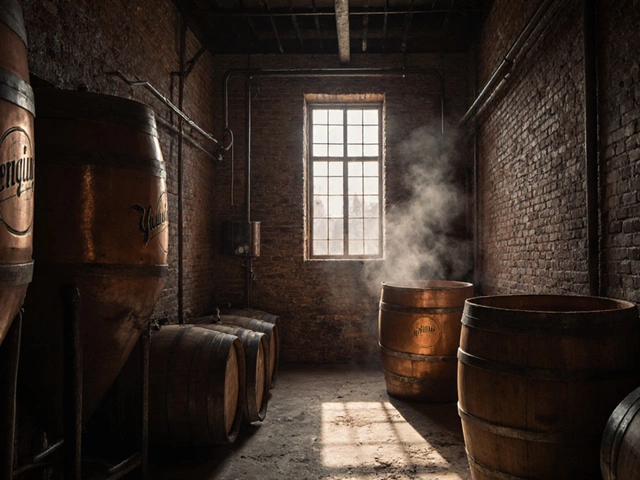Premium Vodka: Why It’s Worth the Extra Cost
If you’ve ever wondered why some vodkas cost twice as much as others, you’re not alone. The difference isn’t just a fancy label – it’s about how the spirit is made, what goes into it, and how it tastes on your palate.
First off, premium vodka starts with high‑quality ingredients. Most budget vodkas use cheap grain or even leftover potatoes, while premium brands often choose specific wheat, rye, or even rare potatoes sourced from single farms. The cleaner the raw material, the smoother the end product.
Distillation and Filtration: The Real Game Changers
Distillation is where the magic happens. Premium vodkas usually run through multiple distillation cycles – sometimes five, six, or even more – to strip away impurities. After that, they go through careful filtration, often using charcoal, quartz sand, or even precious metals. Each step reduces harshness and brings out a subtle, clean finish that you can feel on the tongue.
Think of it like water: you can drink tap water, but filtered water tastes better and feels fresher. The same principle applies to vodka. The smoother the spirit, the less you need to mask it with mixers.
How to Choose a Premium Vodka You’ll Love
When you’re hunting for a premium bottle, look for three clues: the number of distillations, the filtration method, and the base ingredient. Brands that proudly mention “single‑origin wheat” or “hand‑selected rye” usually deliver a cleaner taste.
Don’t forget the price tag. While a higher price often signals better quality, it’s not a guarantee. Read reviews, try a tasting flight, or ask a knowledgeable bartender for a recommendation. Some popular premium picks include Belvedere, Grey Goose, and Chopin – each offers a distinct character while staying smooth enough for sipping straight.
If you love cocktails, a premium vodka can elevate a simple mix. A classic vodka martini made with a high‑end brand feels less harsh, letting the botanicals of the vermouth shine. Even a basic vodka soda becomes more refreshing when the vodka isn’t fighting the water with off‑notes.
For a quick test at home, pour a small amount into a chilled glass and take a gentle sip. A premium vodka should feel silky, with a clean finish and no burning sensation. If you notice a grainy or chemical aftertaste, you might have a lower‑end product.
Remember, premium doesn’t always mean the most expensive. Some boutique distilleries produce excellent vodkas for a fraction of the price of the big names. Look for small‑batch releases, especially those that highlight the source of their grain.
Finally, store your vodka properly. Keep it in a cool, dark place and avoid temperature swings. Unlike wine, vodka doesn’t need to age, but it does appreciate a steady environment to maintain its smoothness.
So, whether you’re sipping it neat, mixing a cocktail, or exploring new brands, understanding what makes vodka premium helps you get the most out of every drop. Cheers to finding a spirit that feels just right on your palate!
Discover the top vodkas for sipping straight, learn what makes a vodka smooth, and get tasting and serving tips to enjoy premium spirits neat.
View DetailsWant to sip vodka straight without a grimace? Learn which vodkas go down smooth, what makes them different, and how to truly enjoy every drop.
View DetailsThis article breaks down what makes premium vodka stand out among all the bottles on the shelf. You'll get a clear look at how it's made, what separates it from cheaper options, and why some brands get that premium label. Along the way, discover unexpected facts about vodka production and some tips to help you pick a winner next time you shop. If you've ever wondered what's actually inside that sleek, frosted bottle, this is for you. It's vodka talk—straight up and simple.
View DetailsTito's Handmade Vodka has gained popularity and sparked debates about whether it deserves the 'top shelf' label. We'll dive into what 'top shelf' really means and explore Tito’s quality, taste, and market position. Discover how Tito's compares to other premium vodkas and find out what sets it apart. Learn the history behind the brand and what influences its placement in bars and homes alike.
View Details



